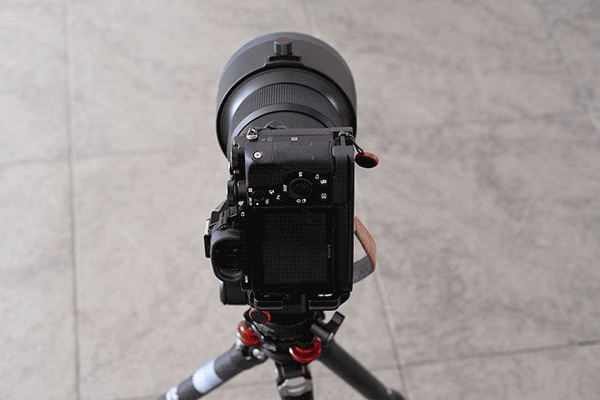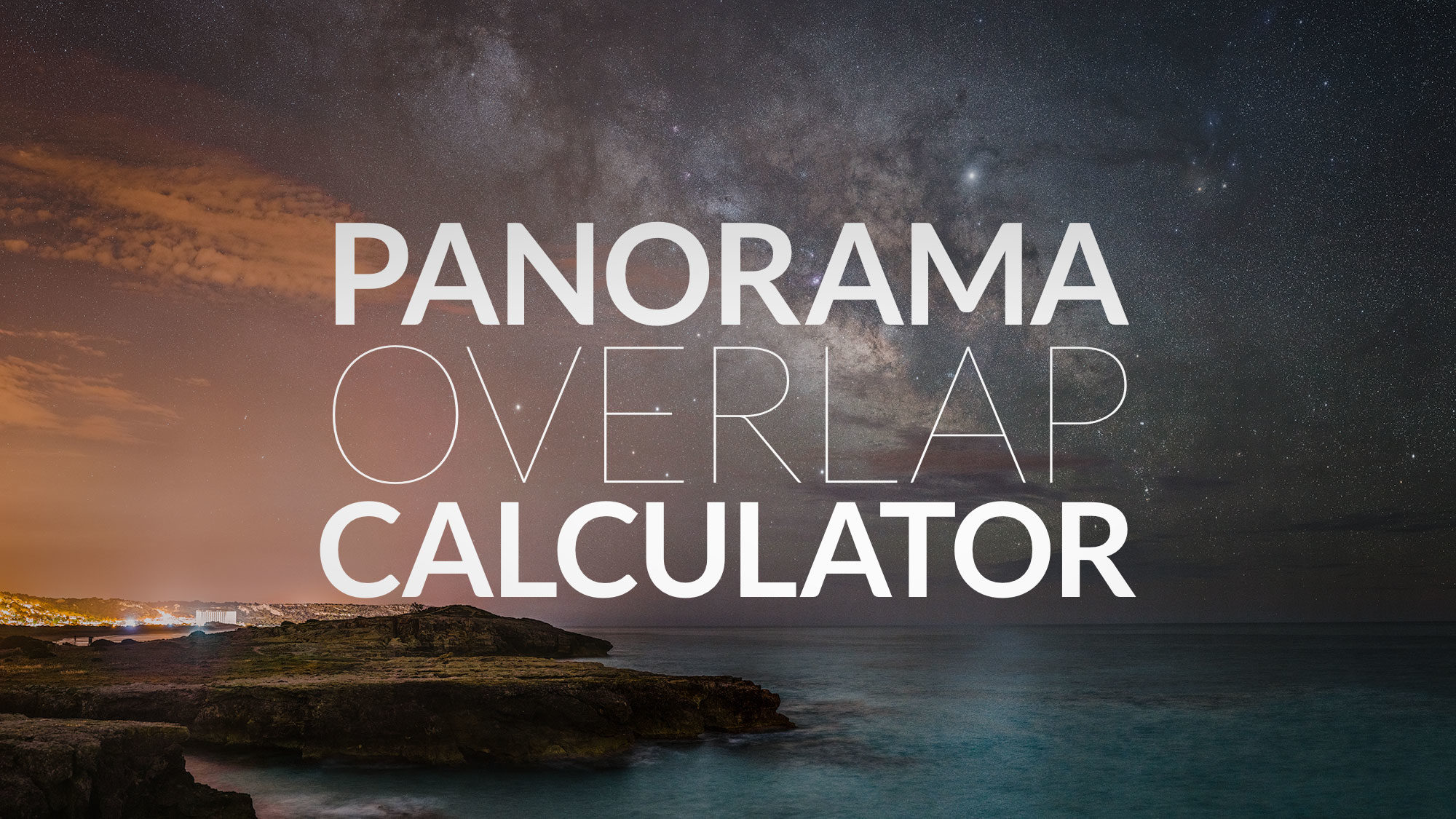Check out this quick calculator for determining the proper angles to pan and tilt your camera for proper panorama overlap when shooting a multi-row panorama. Also calculate the resulting resolution and number of rows and columns needed for any desired field of view.
This tool was originally published and created for our large format astrophotography tutorial. I’ve found that it’s very helpful when configuring a panorama head to pre-determine the right angles of panning and tilting necessary to achieve adequate, regular overlap of individual panorama frames. It also calculates the resulting resolution of your panorama based on your desired output parameters. Just enter your gear details and the calculator will update in real time:
I recommend starting with about 50% overlap between frames. The output angles are calculated based on your camera, lens and whether your camera is mounted in portrait (vertical) or landscape (horizontal) orientation. The calculator assumes the same overlap percentage in both panning and tilting directions.
Once you’ve determined the degree values needed for your panorama, set your indexing head so that it sweeps that amount between each shot. These angles are also helpful for entering into PTGui’s panorama stitching software’s “Align to Grid” feature.
The default overlap is 50%. As you learn the capability of your gear and stitching software, it can be helpful to slightly reduce overlap in order to reduce the total number of frames necessary to cover any given field of view, but at a higher risk of potential stitching errors. I’ve successfully used about 30% overlap on certain panoramas and PTGui claims to be able to stitch with as little at 10%. If you’re just starting, shoot 50% overlap for the best results, especially with astrophotography panoramas.
Landscape or Portrait?
In the case of multi-row panoramas, if your overlap is consistent, the orientation of the camera doesn’t really matter. For any given final field of view for a multi-row panorama, either orientation will require approximately the same total number of photos. You might find that you prefer one orientation over the other, depending on your panorama head, lens, or camera design.

After trying both orientations for my setup, I found out that I usually prefer the landscape orientation because my camera’s LCD screen on my a7S only tilts for that orientation. That said, shooting in portrait allows me to shoot with less total number of rows in my panorama.
If you have any questions about the calculator or astrophotography in general, please feel free to comment below or contact me!


Hi Ian, This is really great tool and help to take shots that stitched panorama images very well. To access this tool it requires internet connection and for night photography location generally no internet connection. Does this tool available which will do offline (without internet connection) calculations ? I am looking iOS application which does calculations without internet connection. Thank you for your support and great tool. Regards, Jaydip Mehta
This is a great and convenient calculator. I used to shoot professionally, but not anymore. Your site makes me want to shoot and document nightscapes of my country. Thank you for being an inspiration!
From your point of view and your experience how many photos do you take per position when for example you do a panorama of 4 columns and 4 rows. A single photo is probably a bit tight, but several to reduce noise by stacking lead to a long time to do the whole panorama.Thank you for your reply.
I’ve personally opted for f/1.8 or faster lenses to generally not need to stack exposures. I usually shoot only a single exposure per position. In most cases, a single exposure is adequate, but, of course, you’ll always benefit from stacking. It’s mostly up to whether you have the patience to extend your shooting time 4-8x.
Hi! Thanks for providing this great tool! I am new to this so might be a stupid question.. But the degrees that are calculated here, are they the the total or how much you pan between each column and row (or do I have to divide the degrees by columns and rows?) Tanks again!
They’re how much to pan between each.
How come chosing vertical orientation results in more rows? Are we swapping the terminology of row and column? Or is row always relative the the cameras orientation. I found that confusing. Also, a user input for custom exposure times when using a star tracker would be awesome to see the total shoot time and sky movement during that time. Still, this is a valuable resource, thank you!
My mistake I was looking at output image orientation! GREAT TOOL